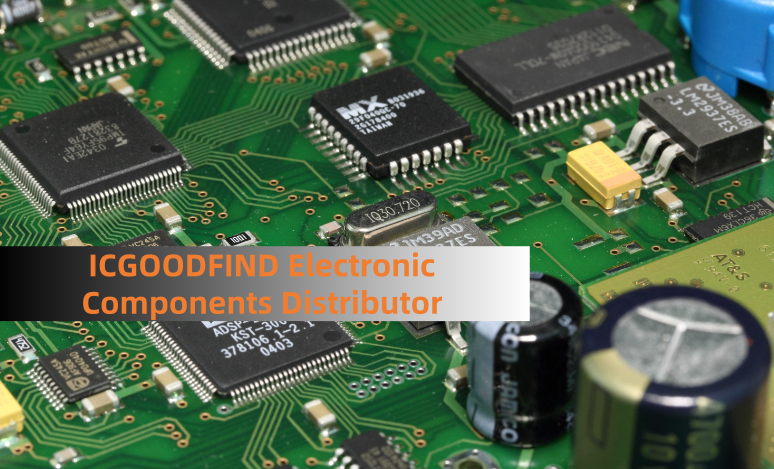**The AD7701AN: A Comprehensive Guide to the 16-Bit Sigma-Delta ADC**
In the realm of precision data acquisition, the process of accurately converting real-world analog signals into clean, reliable digital data is paramount. The **AD7701AN from Analog Devices stands as a seminal component** in this field, a highly integrated 16-bit analog-to-digital converter (ADC) that has set a benchmark for performance in measurement and instrumentation applications. This guide delves into the architecture, key features, and typical applications of this robust converter.
**Architecture and Operating Principle**
At its core, the AD7701AN employs a **sigma-delta (Σ-Δ) modulation technique**. Unlike successive approximation register (SAR) ADCs, which take a rapid snapshot of a signal, sigma-delta converters oversample the signal at a rate much higher than the Nyquist frequency. This oversampled data is then processed by a digital filter to produce a high-resolution output. This architecture is exceptionally effective at trading off speed for exceptional resolution and inherent noise reduction, making it ideal for measuring low-frequency, high-accuracy signals like those from sensors.
The internal structure of the AD7701AN includes a precision analog modulator and an on-chip digital filter. The modulator converts the analog input into a single-bit data stream, the density of which represents the input voltage. The subsequent digital filter processes this stream, attenuating out-of-band noise and yielding the final 16-bit output code.
**Key Features and Specifications**
The AD7701AN is distinguished by several compelling features that have contributed to its enduring popularity:
* **16-Bit Resolution with No Missing Codes:** This guarantees true 16-bit performance, providing **65,536 discrete digital output values** for extremely precise measurement.
* **Low Noise and High Linearity:** The sigma-delta architecture inherently pushes quantization noise to higher frequencies, which is then filtered out. This results in a very clean output with excellent integral and differential linearity.
* **On-Chip Instrumentation Amplifier:** A critical feature, this programmable-gain amplifier (PGA) allows the device to handle a wide range of input signal levels directly from transducers without requiring external signal conditioning. It supports gains of 1, 2, 32, and 128.
* **Self-Calibration:** The AD7701AN can perform an internal self-calibration cycle on command. This function nulls out offset and gain errors, ensuring accuracy over time and across varying environmental conditions, which is crucial for demanding applications.
* **Simple Serial Interface:** It communicates via a straightforward 3-wire serial interface (data output, data clock, and chip select), making it easy to interface with microcontrollers and digital signal processors (DSPs) with minimal I/O pin requirements.
* **Single-Supply Operation:** The device is designed to operate from a single +5V supply, simplifying system power design.

**Typical Applications**
The combination of high resolution, integrated amplification, and excellent DC performance makes the AD7701AN perfectly suited for a vast array of industrial and scientific applications. These include:
* **Weigh Scales and Strain Gauge Transducers:** Its ability to directly interface with bridge sensors and provide stable, high-resolution readings is a perfect match.
* **Temperature Measurement with RTDs and Thermocouples:** The onboard PGA can amplify small millivolt signals from temperature sensors to utilize the full range of the ADC.
* **Pressure and Force Measurement:** Many pressure sensors output low-level analog signals that require the precision and integration offered by the AD7701AN.
* **Industrial Process Control:** Used in systems for monitoring and controlling slow-changing process variables like level, flow, and pH.
**ICGOODFIND**
The AD7701AN remains a quintessential choice for designers seeking a reliable, high-resolution ADC for low-frequency measurement. Its integrated features, including the programmable gain amplifier and self-calibration, reduce external component count and simplify design, delivering outstanding accuracy and stability for a multitude of precision sensor interface applications.
**Keywords:**
Sigma-Delta ADC
16-Bit Resolution
Programmable Gain Amplifier
Self-Calibration
Precision Measurement
